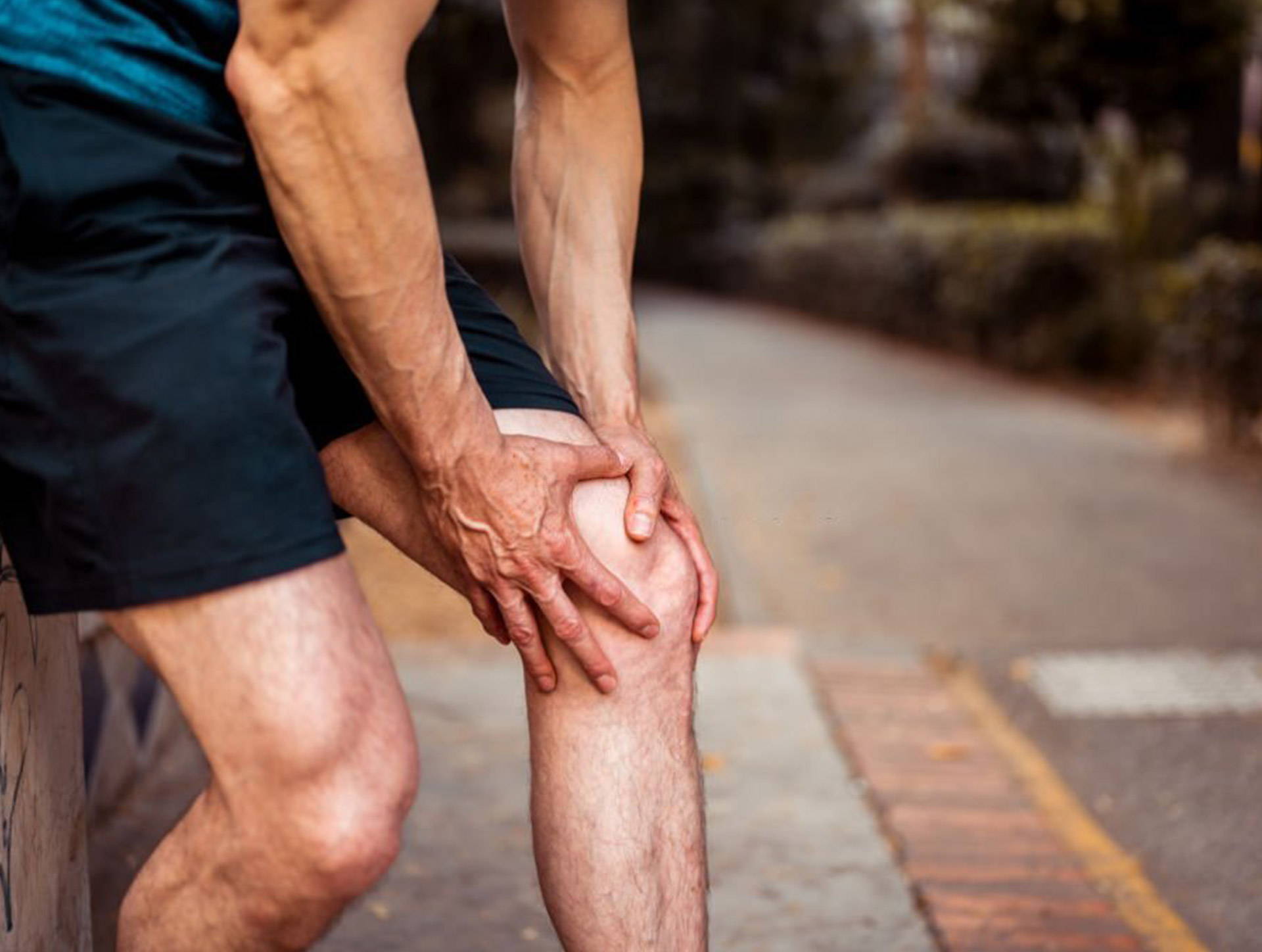
Bone on Bone Knee Pain
JUL 28,2023 | 3 Mins Read
TABLE OF CONTENTS
1. Bone on Bone Knee Pain: What is it?
2. Osteoarthritis: The Primary Culprit
3. Causes and Risk Factors of Bone-on-Bone Knee Pain
4. Identifying Pain: Symptoms to Watch For
5. Fighting the Pain: Treatment Options
6. Preventing Bone-on-Bone Knee Pain: Steps You Can Take
7. Can I Still Exercise with Bone-on-Bone Knee Pain
9. What is the Best Knee Sleeve for Bone-on-Bone Knee Pain
10. Getting a Diagnosis: What to Expect
11. Final Thoughts
Experiencing knee pain? Does it feel like it's literally bone grinding on bone every time you take a step? If yes, then you might be dealing with "bone on bone knee pain." This condition, as gnarly as it sounds, can greatly impact your mobility and overall quality of life. But fear not! Our guide will empower you with knowledge and tools to tackle this condition head-on. Let's dive into the world of bone on bone knee pain and start a path toward relief.
We've all heard the old saying, "it's just a knee-jerk reaction," but when you have bone on bone knee pain, every reaction can be an agonizing experience. Let's break it down. The knee is a complex structure comprised of bones, cartilage, ligaments, and tendons. Typically, cartilage acts as a cushion, preventing the bones in your knee from rubbing against each other. However, when this cartilage wears away due to aging, injury, or disease, the bones start grinding against each other, leading to the condition we know as bone on bone knee pain.

Osteoarthritis is the leading cause of bone on bone knee pain. It occurs when the protective cartilage cushioning the ends of your bones wears down over time. This deterioration leads to the bones rubbing directly against each other, causing the notorious bone on bone knee pain. It's akin to driving a car with worn-out brake pads.
Rheumatoid arthritis, injuries, excess weight, and a lack of muscle strength or flexibility can also contribute to this condition. Let's not forget the role that age and genetics play. Remember, a stitch in time saves nine; understanding these causes can help in early diagnosis and treatment.
As we age, the natural wear and tear on our joints become more evident. The cartilage in our knees starts to break down, leading to bone-on-bone knee pain. People over the age of 50 are at a higher risk.
Extra weight places more stress on weight-bearing joints like the knees. Obesity also triggers the production of proteins that may cause harmful inflammation in and around the knee joint.
Past injuries such as a torn meniscus, fracture, or ligament damage can contribute to the development of bone-on-bone knee pain. In some cases, the injury can directly damage the cartilage, leading to premature wear.
There's a genetic predisposition to developing osteoarthritis, including bone-on-bone knee pain. If you have a family history, you may be at an increased risk.
Women over the age of 55 have a higher risk of developing osteoarthritis than men. This could be due to changes in hormones, like estrogen, which might impact joint health.

You might be wondering, "How do I know if I have bone on bone knee pain?" The symptoms can vary from person to person, but there are some common indicators.
One of the first signs is a persistent pain in the knee, often accompanied by swelling. This isn't a run-of-the-mill type of pain. Most people report a dull, achy pain, but some say it's more like a sharp, grating sensation that increases when you move. Try to observe if you feel any pain in your knee during or after movement.
As the condition worsens, your range of motion can become limited. You might find that tasks like climbing stairs, walking, or even standing for long periods become increasingly difficult. It's like trying to run a marathon with a pebble in your shoe, except the pebble is inside your knee.
Watch out for other signs such as stiffness, particularly in the morning or after a period of inactivity, and a grinding sensation when moving the knee.
In severe cases, bone on bone knee pain can lead to visible deformities in the knee. This change in appearance can range from mild to severe. This could be caused by the formation of bone spurs, or extra bits of bone forming around the affected joint.
While bone on bone knee pain can be challenging, the good news is there are various treatments available, both surgical and non-surgical. The best option will depend on the severity of your condition and your overall health.
Non-surgical treatments are typically the first line of defense against bone on bone knee pain. These might include physical therapy, compression therapy, weight loss, braces or shoe inserts, pain relievers, and injections of corticosteroids or hyaluronic acid into the knee.
If non-surgical treatments aren't effective, or if your condition is severe, your doctor might recommend surgery. Procedures can range from arthroscopy, which removes loose cartilage and smooths the remaining cartilage, to knee replacement surgery, which replaces the damaged parts of your knee with artificial components.
Carrying extra weight puts additional stress on your knees, accelerating cartilage loss. Maintaining a healthy weight can reduce this strain and lower your risk of developing bone on bone knee pain.
Regular exercise strengthens the muscles around your knee, providing extra support and reducing stress on the joint. A healthy mix of strength training, flexibility exercises, and low-impact activities such as swimming can work wonders.
A diet rich in fruits, vegetables, lean proteins, and healthy fats can provide the nutrients needed for healthy joints. Additionally, certain foods such as fatty fish, walnuts, and flaxseeds have anti-inflammatory properties that can help manage symptoms.
References
Author

Claire Evans worked as the content marketing manager at Koprez. Claire combined a background of writing and editing, marketing, and patient education to best serve consumers, fitness enthusiasts, athletes, and anyone who relies on the Koprez brand for helpful information.
Koprez® Featured Products
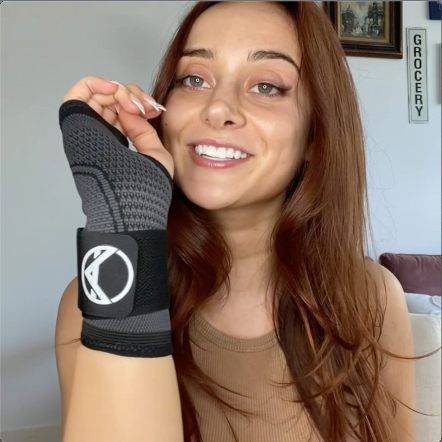

"I sprain my wrist super often, so I decided to try out this sleeve. This is game-changing! I've been using it for a while now, and my wrists feel amazing. I haven't gotten in any injuries since using it too. It just makes my wrists feel so supported."
Alexis A.
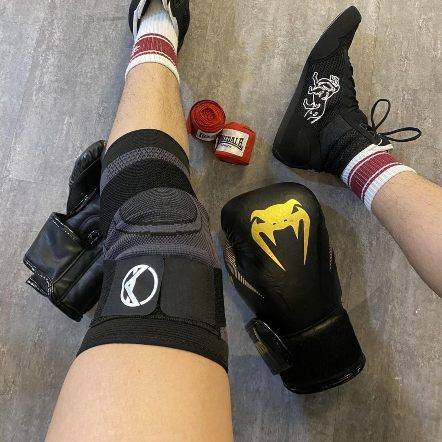

"Use this for my boxing training. It is a very comfortable brace and does not move out of position during skipping ropes and sparring sessions. I use it while running too. Probably the best brace I've purchased throughout the years. It is very flexible. Makes me look like a pro! :)"
Samuel L.


"I've just got back to running after a couple of years of being plagued by injury. These compressions socks are helping give me peace of mind while I build up my distance again. They are the perfect level of compression, super comfy, and very high quality. Feel great while on a run, and looks great in the orange colour I have!"
Dave R.
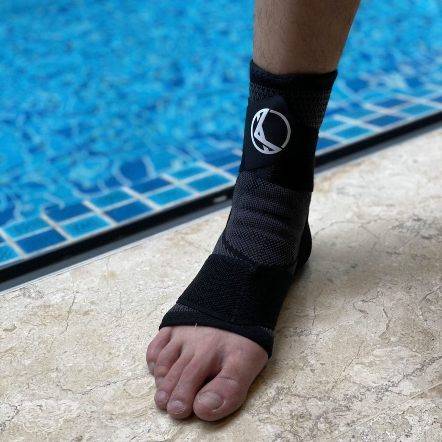

"I have a weak ankle, and the Koprez ankle sleeve has been a lifesaver. Wear it every day. Super breathable and comfortable. Like wearing a cool sporty looking sock!"
James F.
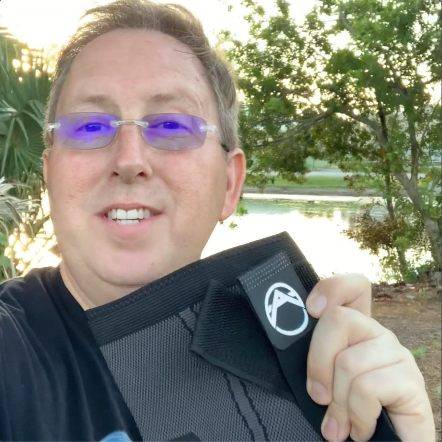

"This is the best knee sleeve I've ever tried. It's now a must-have for all my exercises. A few years ago, I had an accident that damaged my knees, but with Koprez I can be active again with no knee pains at all. It's been truly amazing!"
Alex M.
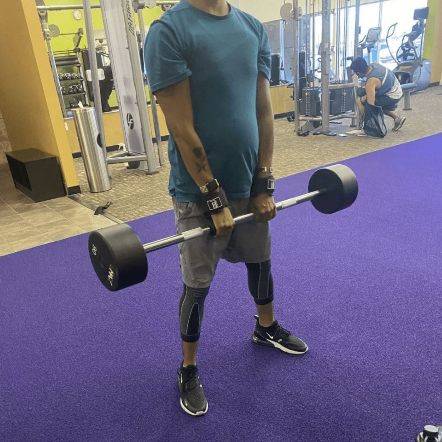

"One of the best purchases I've ever made. It fits your legs all the way from top to bottom, great snug fit, gives you support and definitely helps during rehab and training."
Rafael A.
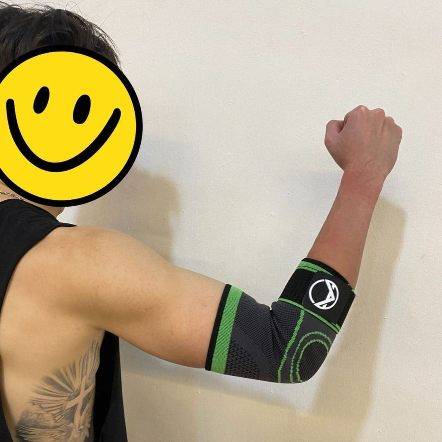

"I had a minor elbow injury, and Koprez sleeve was super supportive and definitely helped me recover faster. I still use the sleeve to prevent further injury. So far, so good. Very comfortable and does not feel hot at all. Highly recommend!"
Corey B.


"It's really been a game-changer for me. It allows me to exercise a lot longer than I used to. Now my knees don't hurt, and they're not uncomfortable at all."
Mike P.
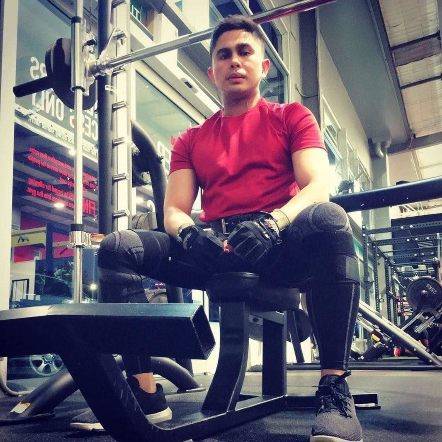

"Great product!!"
Harold
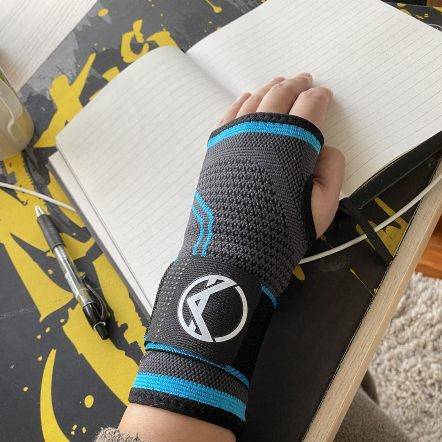

"I have carpal tunnel, and this brace has helped me work pain-free. Love the materials, and I can feel my wrists slowly getting better, even when I don't wear them!"
Christopher J.
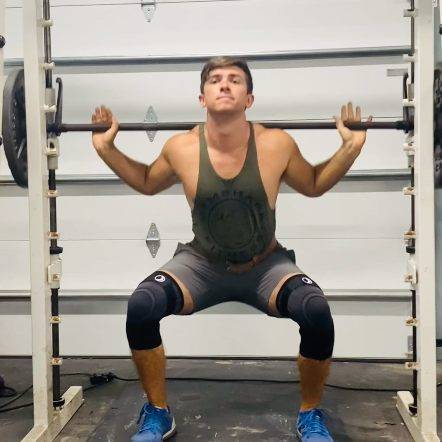

"I wanted to try out these sleeves to improve my squats and deadlift in the gym without worrying about injuring my knees. They stayed up throughout the entire gym session, and my knees feel super supported. Now I can do what I love for years to come. "
Corbin C.